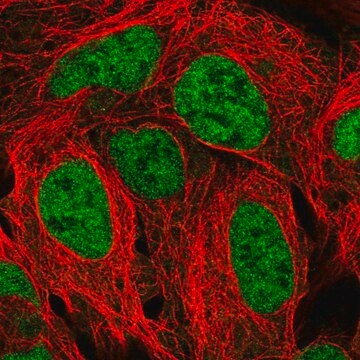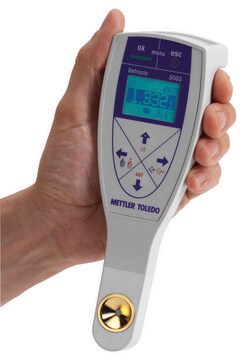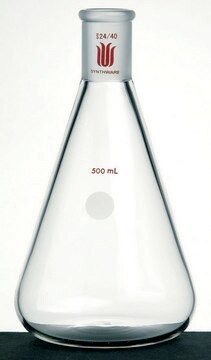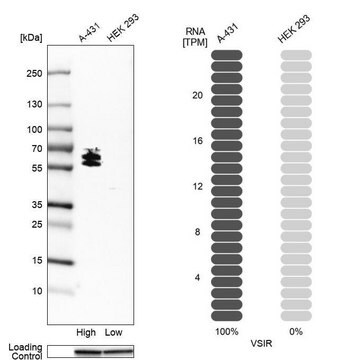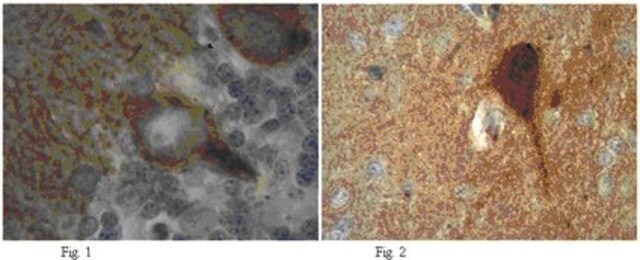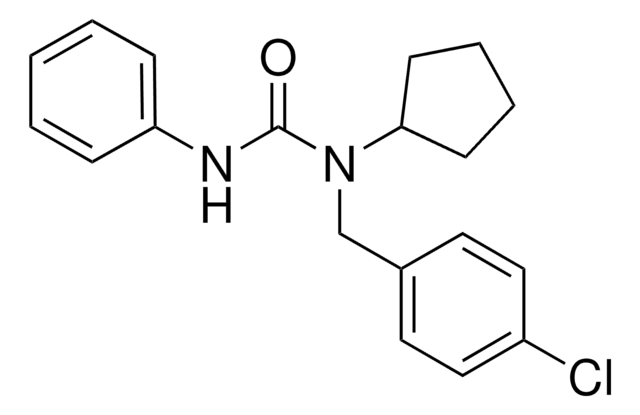推薦產品
生物源
rabbit
品質等級
共軛
unconjugated
抗體表格
IgG fraction of antiserum
抗體產品種類
primary antibodies
無性繁殖
polyclonal
形狀
buffered aqueous solution
物種活性
human
技術
indirect ELISA: 1:1000
NCBI登錄號
UniProt登錄號
運輸包裝
dry ice
儲存溫度
−20°C
目標翻譯後修改
unmodified
基因資訊
human ... PTPRB(5787)
一般說明
Phosphorylation of receptors by protein kinases is a process that can be reversed by a group of enzymes called protein phosphatases. Coordinated control of kinases and phosphatases provides the cell with the capacity to rapidly switch between phosphorylated and dephosphorylated protein states in dynamic response to environmental stimuli. Activation of critical enzymes by kinase phosphorylation alone is not enough to provide adequate regulation – it is the combination with phosphatase dephosphorylation that effectively creates on/off switches to control cellular events. Errors in control, either through kinases or their counterpart phosphatases, can lead to unchecked cell growth attributable to human cancers and developmental disorders. Potential mechanisms to control dephosphorylation include changes in the expression of protein phosphatases, their subcellular localization, phosphorylation of phosphatase catalytic and regulatory subunits and regulation by endogenous phosphatase inhibitors. Most protein phosphatases are not stringently specific for their substrates. Consequently, changes in phosphatase activity may have a broad impact on dephosphorylation and turnover of phosphoproteins that are substrates for different kinases. This may be an important point of control to connect cellular circuitry of interrelated signaling pathways, and to synchronize physiological responses.
免疫原
PTPBETA (1957-1993)
This antibody is generated from rabbits immunized with a KLH conjugated synthetic peptide selected from the C-terminal region of human PTPbeta.
This antibody is generated from rabbits immunized with a KLH conjugated synthetic peptide selected from the C-terminal region of human PTPbeta.
生化/生理作用
Protein tyrosine phosphatase, receptor type B (PTPRB), also known as vascular endothelial-protein-tyrosine phosphatase (VE-PTP), might have a role in remodeling of blood vessels and in angiogenesis. It is also important for endothelial cell migration. The protein also controls the phosphorylation state of the angiopoietin receptor, Tie-2. PTPRB may modulate sodium channels by influencing the tyrosine phosphorylation status.
外觀
Purified polyclonal antibody supplied in PBS with 0.09% (W/V) sodium azide.
未找到適合的產品?
試用我們的產品選擇工具.
儲存類別代碼
10 - Combustible liquids
水污染物質分類(WGK)
nwg
閃點(°F)
Not applicable
閃點(°C)
Not applicable
Picomolar concentrations of free zinc(II) ions regulate receptor protein-tyrosine phosphatase ? activity.
Wilson M
The Journal of Biological Chemistry (2012)
Shear stress-induced redistribution of vascular endothelial-protein-tyrosine phosphatase (VE-PTP) in endothelial cells and its role in cell elongation.
Mantilidewi KI
The Journal of Biological Chemistry (2014)
A sodium channel signaling complex: modulation by associated receptor protein tyrosine phosphatase beta.
Ratcliffe CF
Nature Neuroscience (2000)
我們的科學家團隊在所有研究領域都有豐富的經驗,包括生命科學、材料科學、化學合成、色譜、分析等.
聯絡技術服務